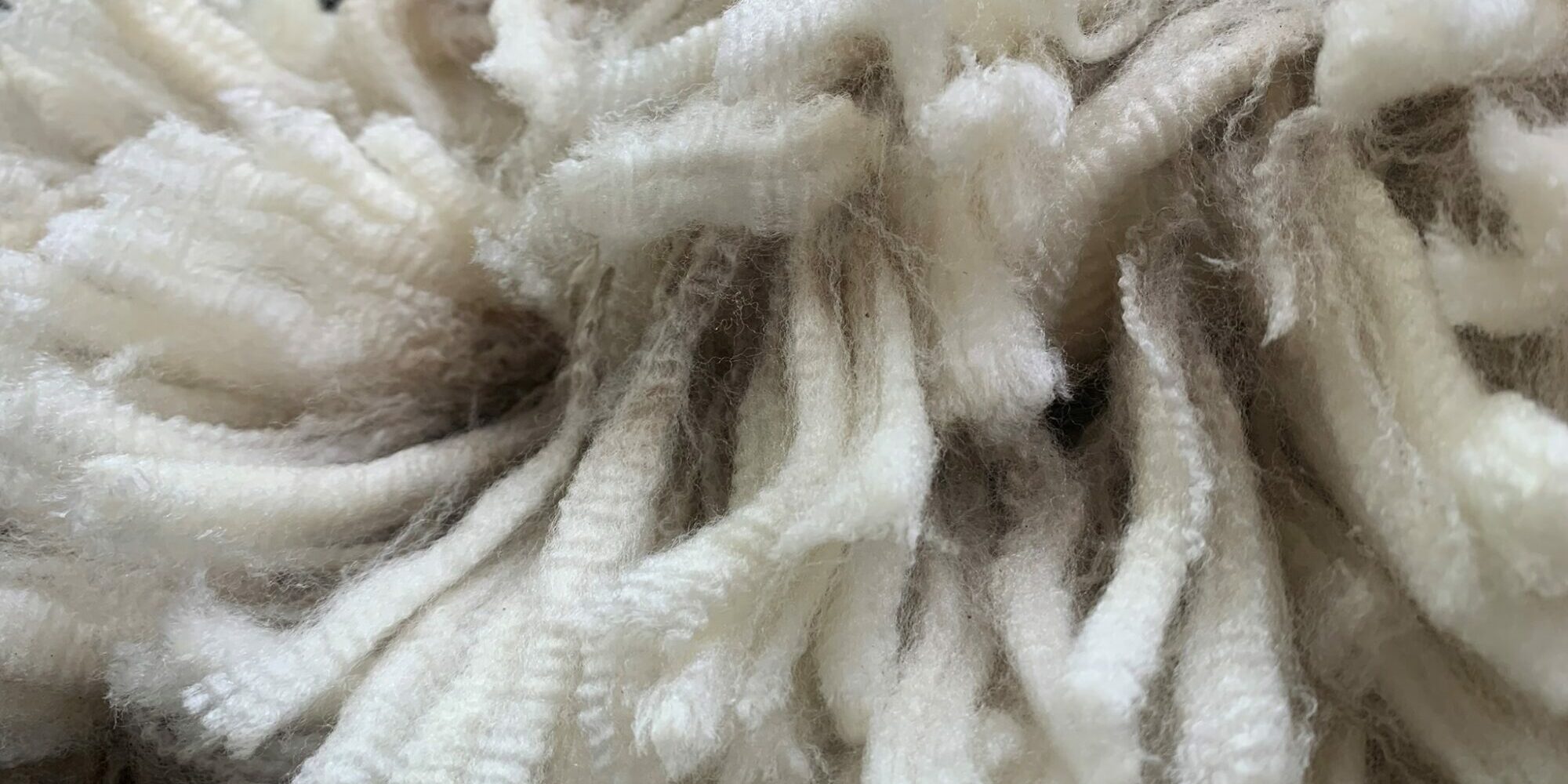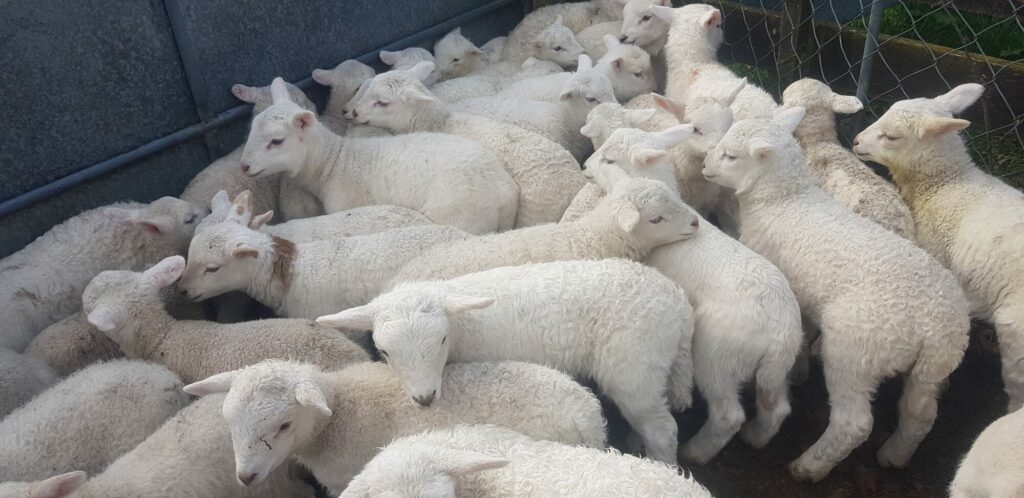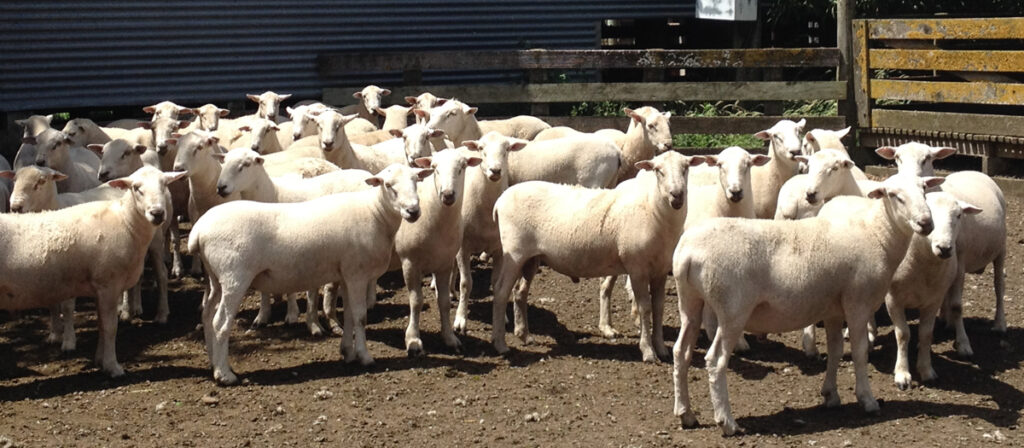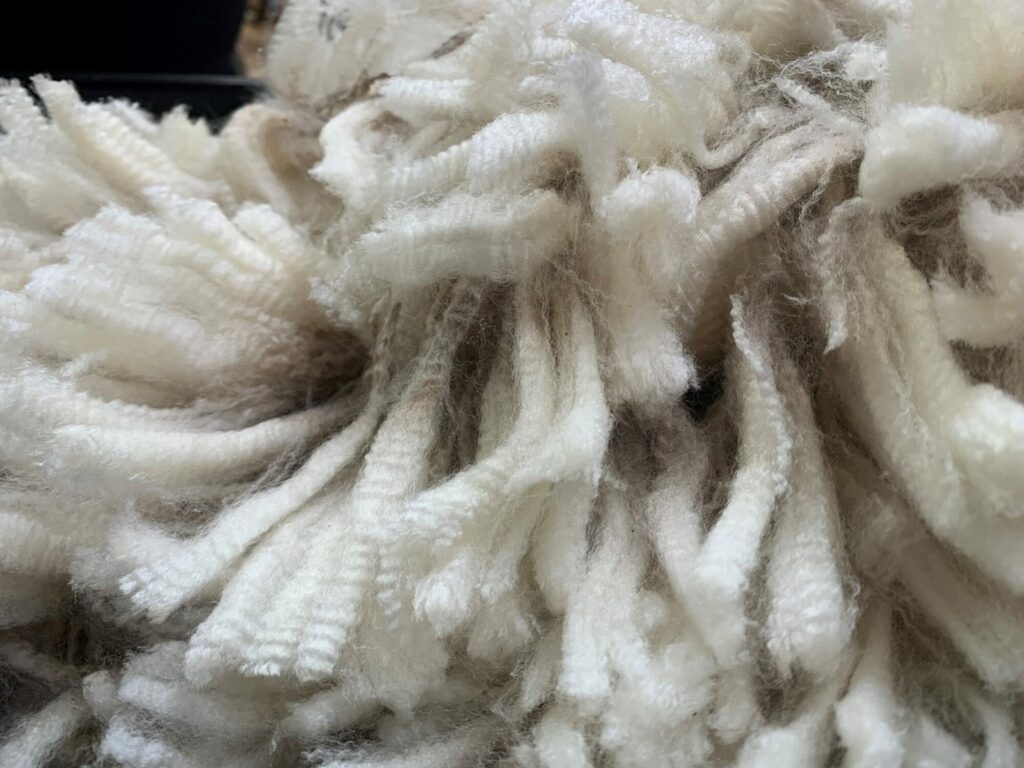Earlier this year Vet Services hosted a Wool Workshop looking at the future of the NZ Wool industry. Professor Steve Morris from Massey University, Dean Martin of Glenlands Farms, Morrison Farming, and Focus Genetics shared what they have learnt while introducing shedding breeds in to strong wool flocks.
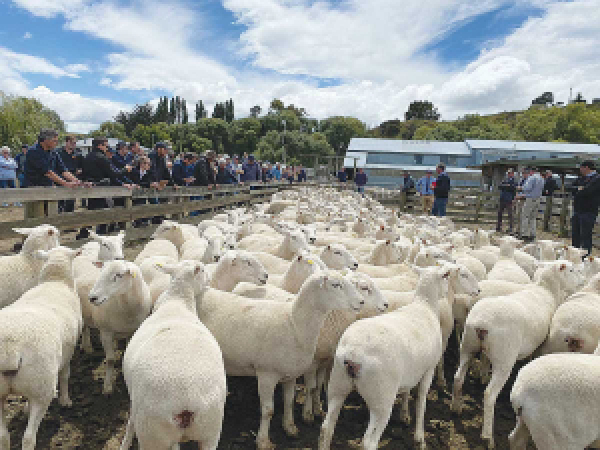
Prof Steve Morris – Massey University
Many farms are considering if changing to a self-shedding flock is a better way forward. However, there has generally been a lack of information available on the cost and benefits. Professor Steve Morris from Massey University leads trial work recording production and performance as a flock is graded up from Romney to Wiltshire flock. He shared what Massey have found so far.
The project started in March 2020, with 400 Romney ewes bred to Wiltshire rams and a comparable group of ewes bred to Romney rams. Bio-economic modelling looked at two options:
- Grading up transition from Romney to a fine wooled second cross ( ¾ Merino ¼ Romney )
- Grading up transition to a fully shedding fourth flock of ( 15/16 Wiltshire and 1/16 Romney )
This modelling found:
1. Merino Option ( ¾ Merino ¼ Romney )
- 7 years to get average flock fibre diameter to 26 microns
- 10 years to get to 24 Microns
- Farm cash operating surplus decreased from the base Romney flock over the transition period
- after 12 years there was 26% benefit to the merino crossbred over the base flock
- Merinos may not be suitable on wet North Island hill country
2. Wiltshire option ( 15/16 Wiltshire and 1/16 Romney )
- it took 12-15 years of crossbreeding to achieve a fully shedding third or fourth cross flock
- net present value of transition flock after 15 years was 7% higher than base Romney flock at $2.15/kg greasy wool price
- at wool price of $1.15 /kg greasy was 12% increase in net present value
- needed a breakeven greasy wool price in this sensitivity analysis of $4.15 /kg
There were some limitations in the model so a full-scale trial was set up at Riverside to fully scale up a Romney flock to a Wiltshire flock over 5 years. The conclusions so far in the trial are:
- to date no difference in lamb production to weaning in first cross
- need to wait to late January to do shedding score in lambs
- slightly less wool in first cross (0.2 kg)
- More W x R reached puberty before ram introduced
- achieved good mating live weights
- farm staff happy with the crossbreds to date
Dean Martin from Glenlands Farm.
Dean and his wife Antoinette farm 244Ha on the Napier-Taupo road. Dean manages the farm under regenerative farming principles and started to move to shedding sheep in 2019 with the hope to reduce the amount of chemical inputs (fly/lice), labour requirements, and improving overall production.
While they had some success with the Wiltshire Sheep and Lambs the expected growth rate had been slow compared to their Texel cross. Dean has recently been exploring other shedding breeds out there. They implanted 20 Australian White embryos into Texel cross ewes, and even through the summer drought had a 50% success rate – 10 lambs on the ground. Dean believes there is a great opportunity with the breed as they are self-shedding and low maintenance without the issues of pure breeds, they have the ability to lamb 3 times in two years, can withstand a variety of environments (from snow to heat), lambs are high yielding and fast growing.
Richard Morrison
Richard Morrison has the country’s oldest Wiltshire flock (purchased by his father in 1982). He fondly refers to the breed as ‘Perendales without the panic’. The Morrisons have found that Wiltshire perform well in the right conditions but are slower to shed when the pressure is put on.
‘In really good conditions and when they are doing really well, that’s when they will be more forward in their shedding, and they will be slower when the pressure on them’
He talked about how they can almost be seen to revert to a feral state and do quite well un-shepherded and left to their own devices. They have low numbers of bearings. When looking at converting to shedding sheep the best sheep are the ones on the farm so going through a conversion process will generally always be better than buying in an entirely new line of sheep.
Focus Genetics
Natalie Pickering worked at AgResearch for 7years looking at sheep traits, dagginess, internal parasite resistance, horns, micropthalmia, methane emissions, and flystrike. She is currently Focus Genetics sheep and deer breeding scientist. This role involves collaborating with researchers, industry and breeders to advance genetic gain and enable implementation of research outcomes into progressive breeding programmes.
Natalie Pickering gave the group an overview of the research Focus Genetics are doing with red meat genetics. Stay tuned to find out more.
Want to hear more about Vet Services future genetics and breeding programmes?
Vet Services work closely with researchers and individual New Zealand breeders and offer a range of effective breeding strategies with the goal to improve animal health and genetic performance (including facial eczema and worm resistance). If you would like to discuss future genetics and breeding programmes to future proof your farm, please give Dave Warburton or your local production animal vet team a call (06) 876 7001.
At our recent wool workshop, it was clear that many farmers have reached a cross roads in their wool policy. If you are looking to change direction, you need to develop a clear plan on how to do this without looking the meat and fertility of your existing flock. Reach out to some of the industry partners for advice.



